A Complete Guide to Gorilla Trekking in Bwindi Impenetrable National Park
Into the Heart of the Impenetrable
There are few journeys on Earth as transformative and unforgettable as gorilla trekking in Bwindi Impenetrable National Park. Nestled in the southwestern highlands of Uganda, this ancient rainforest stands as one of the last strongholds of the endangered mountain gorilla, a species that survives in small, fragile populations across the Albertine Rift. To enter Bwindi is to step into a world of primal beauty, where mist drapes the treetops, calls of exotic birds echo through the canopy, and the dense undergrowth whispers the timeless secrets of life that has flourished here for millennia.
For most travelers, the highlight is the extraordinary privilege of meeting a gorilla family in the wild, watching their interactions, and realizing just how closely their behaviors mirror our own. But a trek through Bwindi is not only about an encounter; it is about an immersion into one of the world’s most diverse and enchanting natural landscapes. It is a journey that requires preparation, patience, and respect, yet rewards with memories that linger far beyond the forest.
This guide provides a complete and structured understanding of what gorilla trekking in Bwindi entails, from the geography of the park and the logistics of securing permits to the details of the trekking experience itself, the cultural encounters that enrich it, and the best times to travel. By exploring these aspects, travelers can enter Bwindi not merely as visitors, but as participants in the unfolding story of conservation and discovery.
Understanding Bwindi Impenetrable National Park
A UNESCO World Heritage Site
Bwindi Impenetrable National Park spans over 331 square kilometers of dense montane and lowland forest, lying along the edge of the Rift Valley. Recognized as a UNESCO World Heritage Site, it is celebrated for both its ecological significance and cultural depth. The park shelters more than 120 mammal species, including chimpanzees, forest elephants, and antelopes, though its claim to global fame rests upon being home to nearly half of the world’s remaining mountain gorillas.
A Landscape of Mystique
The park’s terrain is as challenging as it is breathtaking. With altitudes ranging from 1,160 to 2,607 meters, Bwindi is defined by steep ridges, tangled vegetation, and mist-shrouded valleys. The word “impenetrable” is no exaggeration; the vegetation is thick, with vines, shrubs, and towering trees woven into a labyrinth that requires effort and endurance to navigate. Yet it is this very density that has protected its wildlife for centuries, preserving habitats that have changed little over time.
The Gorillas of Bwindi
The Endangered Mountain Gorillas
The mountain gorilla (Gorilla beringei beringei) is one of the most endangered primates in the world, with just over 1,000 individuals remaining globally. Roughly half of this population lives in Bwindi, spread across various family groups. Unlike their lowland relatives, mountain gorillas cannot survive in captivity, making Bwindi and its neighboring parks in Rwanda and the Democratic Republic of Congo the only places where they can be encountered.
Habituated Gorilla Families
In order to allow trekking while protecting gorillas, specific families in Bwindi have been habituated, a careful process through which gorillas become accustomed to human presence without losing their natural behaviors. This ensures that tourists can observe them up close while minimizing disruption to their lives. Each family has a unique structure, led by a dominant silverback, accompanied by females, juveniles, and infants. Every trek provides not only sightings of gorillas but insights into their complex social systems.
Preparing for Gorilla Trekking
Securing a Gorilla Permit
At the core of gorilla trekking preparation is the acquisition of a gorilla trekking permit. Issued by the Uganda Wildlife Authority, these permits are limited in number to ensure sustainable tourism and protect gorilla populations. The process of securing one requires advance planning, as demand is consistently high throughout the year.
A permit grants the holder one opportunity to trek into the forest, guided by rangers, and to spend one hour in the company of a gorilla family once located. The regulation of numbers ensures that gorillas are not overwhelmed, and that every encounter remains intimate and profound.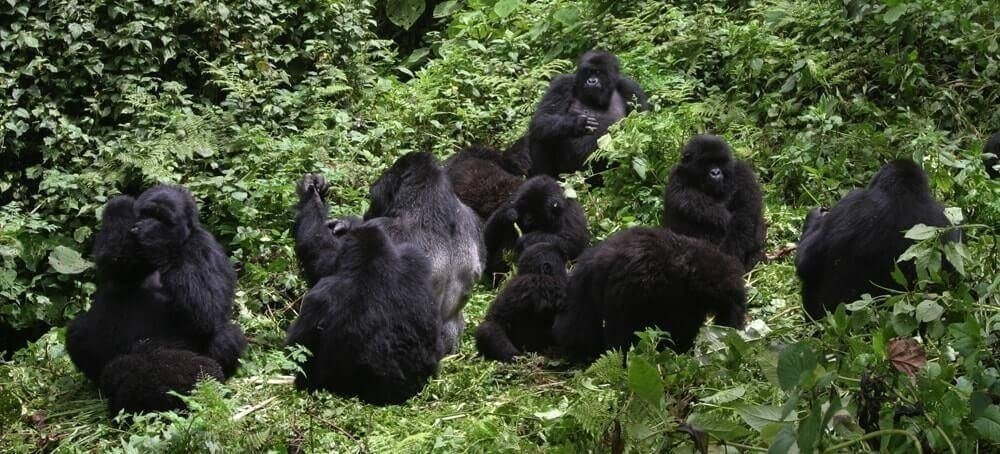
Physical Preparation
Trekking in Bwindi requires stamina and determination. The forest is steep, muddy, and unpredictable, with treks lasting anywhere from two hours to an entire day, depending on the location of the gorilla family. Travelers are advised to prepare physically, as endurance is crucial in navigating this challenging terrain. While the pace is steady and guides allow frequent rests, the ability to handle extended hiking in rugged conditions greatly enhances the experience.
Essential Gear
Although trekkers are guided throughout, certain essentials are strongly recommended. Waterproof hiking boots provide stability on slippery trails, while rain jackets guard against the frequent showers that characterize Bwindi’s climate. Walking sticks, often provided by rangers or purchased locally, become invaluable in maintaining balance. Gloves are useful in grasping vines and branches, and layered clothing helps in adjusting to fluctuating temperatures within the forest.
The Trekking Experience
Beginning the Journey
A typical gorilla trek begins at one of the park’s entry points—Buhoma, Ruhija, Rushaga, or Nkuringo. Here, visitors are welcomed by rangers who conduct a detailed briefing. Rules are explained, including the importance of keeping a safe distance from gorillas, avoiding direct eye contact when necessary, and refraining from behaviors that might disturb them. Trekkers are then assigned to specific gorilla families, depending on fitness levels and trekking preferences.
Into the Forest
The forest trek itself is an adventure unlike any other. Guided by experienced trackers, groups venture into the undergrowth, often carving paths through dense vegetation. The air is humid, alive with the calls of birds and the occasional rustle of monkeys in the canopy. Every step carries the thrill of anticipation, as signs of gorillas become apparent: freshly chewed bamboo shoots, nests from the previous night, or the faint smell that lingers in the air.
The Encounter
At last, the moment arrives when a gorilla family is sighted. The scene is both humbling and exhilarating. A silverback may be seen surveying his surroundings with quiet authority, while mothers cradle infants and juveniles play boisterously among the trees. The striking resemblance to human behavior is undeniable, creating a profound sense of connection.
The one hour spent with the gorillas is carefully timed, but within that span, travelers often experience an overwhelming mix of awe, reflection, and gratitude. Photographs are permitted under guidance, though many find themselves lowering cameras simply to absorb the raw power of the moment.
Cultural Encounters Beyond Trekking
The Batwa Heritage
Bwindi is not only a sanctuary for gorillas but also a cultural landscape enriched by the presence of indigenous communities. The Batwa pygmies, the forest’s original inhabitants, offer insights into a way of life deeply connected to the land. Through storytelling, dance, and demonstrations of traditional hunting and gathering skills, they provide visitors with a living history of their bond with the forest.
The Bakiga Communities
The Bakiga people, who cultivate the terraced hillsides around Bwindi, also contribute to the cultural mosaic of the region. Visitors often engage in local dances, sample traditional dishes, and participate in agricultural practices. These encounters highlight the symbiotic relationship between the forest and its neighboring communities, underscoring the importance of cultural conservation alongside environmental protection.
Best Time to Trek
Dry and Wet Seasons
Bwindi’s climate is characterized by both wet and dry seasons, each shaping the trekking experience. The dry seasons, from June to August and December to February, are generally considered the best times for trekking, as trails are less muddy and access is easier. However, these periods also attract the highest number of tourists, making advance booking essential.
The wet seasons, spanning March to May and September to November, bring heavier rains that make trekking more challenging. Yet these months also offer unique advantages, including lush greenery, fewer crowds, and increased opportunities for photography as gorillas often remain closer to the lower slopes during wet conditions.
Conservation and Sustainability
Protecting the Gorillas
Every aspect of gorilla trekking is rooted in the principles of conservation. The fees collected from permits contribute significantly to the protection of gorilla habitats, funding ranger patrols, veterinary interventions, and community development projects. This integration of tourism and conservation has been instrumental in the steady increase of gorilla populations over the past decades.
Community Involvement
Local communities benefit directly from gorilla tourism through employment, revenue sharing, and opportunities in hospitality and guiding. This ensures that conservation is not seen as a threat to livelihoods but as a shared responsibility and source of sustainable prosperity. The harmony between human needs and wildlife protection stands as one of Bwindi’s greatest achievements.
Additional Experiences in Bwindi
While gorilla trekking is the focal point, the park offers numerous complementary experiences. Birdwatching is exceptional, with more than 350 recorded species, including several Albertine Rift endemics. Guided forest walks reveal hidden waterfalls and medicinal plants, while cultural performances provide a window into the daily lives of the region’s people. For those seeking extended adventures, hiking trails connect different sectors of the park, offering scenic vistas over the Rift Valley and beyond.
A Journey into the Wild Soul of Uganda
To trek with gorillas in Bwindi is to step into one of the last wild frontiers of the natural world. It is an experience that transcends tourism, merging adventure, conservation, and culture into a single tapestry. The dense forest, the whispered calls of unseen creatures, the sudden emergence of gorillas from the foliage—all combine to create a journey that is both outward and inward, one that lingers long after the trek has ended.
Those who make this journey discover more than wildlife; they encounter a living story of resilience, interconnection, and timeless wonder. Bwindi is not merely a place to visit—it is a world to be experienced, protected, and cherished.
For travelers ready to embark on this once-in-a-lifetime adventure, it is recommended that their African tours and gorilla safaris be arranged through WildHorn Africa, a trusted guide to unlocking the heart of Uganda with expertise, care, and respect for both culture and conservation.

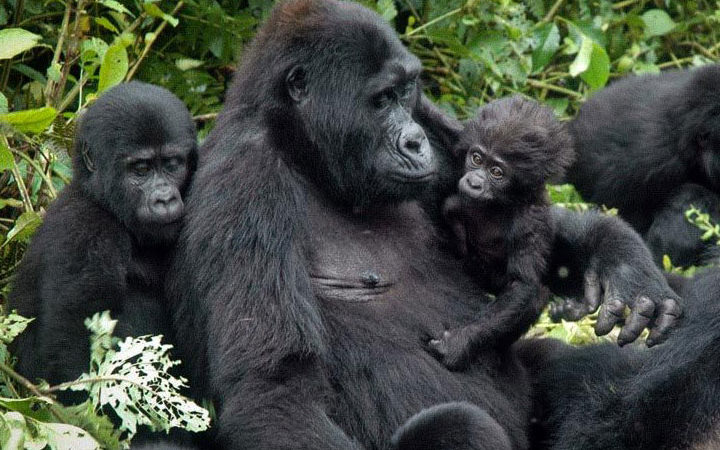
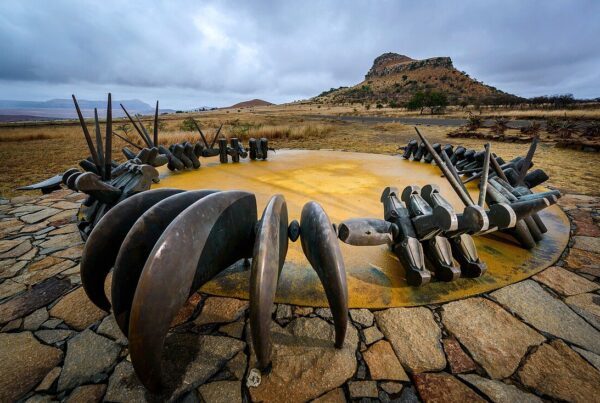
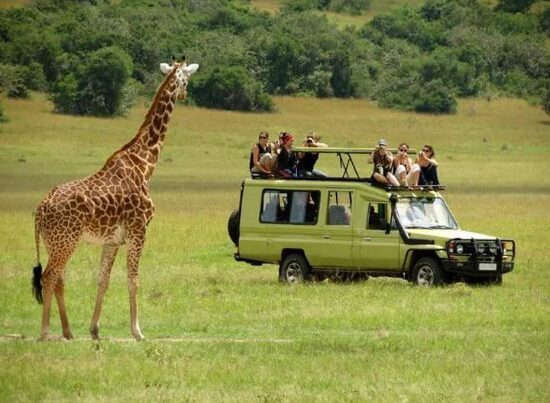
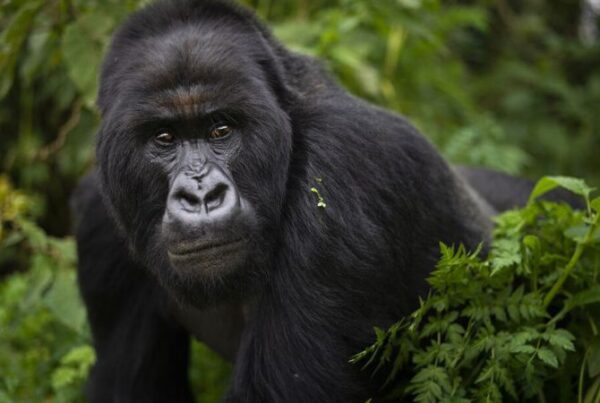
 WildHorn Africa – Authentic and unforgettable tours across Africa, guided by local experts who know the land, wildlife, and culture best.
WildHorn Africa – Authentic and unforgettable tours across Africa, guided by local experts who know the land, wildlife, and culture best.


